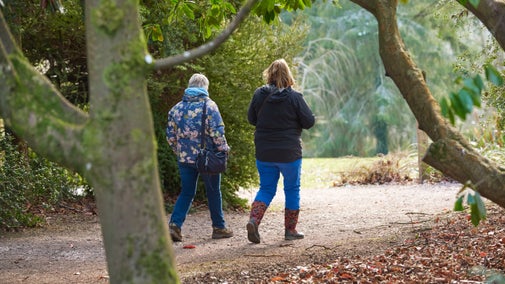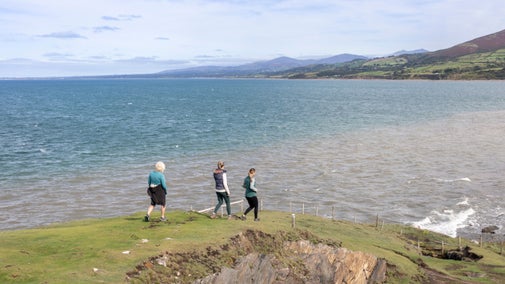Heddon Valley butterfly spotting walk
Devon
Take a walk through a deep woodland coastal combe and high cliff paths with views across to Wales, on the look-out for one of the UK's rarest jewels of a butterfly: the high brown fritillary (only around in June and July). You'll really test your butterfly identification skills as there are two similarly patterned fritillaries.
Near to
Heddon ValleyStart point
Heddon Valley National Trust car park, grid ref: SS656480Trail information
More near here
Gentle walk to Heddon's Mouth
Follow this easy National Trust trail alongside the banks of the River Heddon and explore the area where it meets the sea.

Heddon's Mouth circular walk
Follow one of Devon's most beautiful walking routes through ancient woodland alongside the River Heddon to where it meets the sea.

Heddon Valley to Woody Bay walk
Take in spectacular views along the coast on this challenging walk along an historic 19th-century carriageway.

Get in touch
Heddon Valley, Near Parracombe, Barnstaple, Devon, EX31 4PY
Our partners

We’ve partnered with Cotswold Outdoor to help everyone make the most of their time outdoors in the places we care for.
You might also be interested in
Walking in Devon
From rugged coastline with captivating views to gentle woodland strolls, these are some of the best walks in Devon this winter.

Top coastal walks
Explore some of the UK's most famous natural landmarks on a coastal walk. With a variety of walking trails offering clifftop views, golden sands and local wildlife, there's a walk for everyone.

Exploring the Heddon Valley
Explore the wooded river valley reaching inland down to the sea at Heddon's Mouth. Heddon Valley's walking routes include two accessible routes for all-terrain mobility scooters with Tramper.

Follow the Countryside Code
Help to look after National Trust places by observing a few simple guidelines during your visit and following the Countryside Code.

Staying safe at National Trust places
The special places in National Trust care sometimes come with a few risks for visitors, be it coastline or countryside. Find out how to keep safe throughout your visits.

Cotswold Outdoor: our exclusive walking partner
Learn about the National Trust’s ongoing partnership with Cotswold Outdoor. Find out how they help us care for precious places and the exclusive discount available for National Trust supporters.



